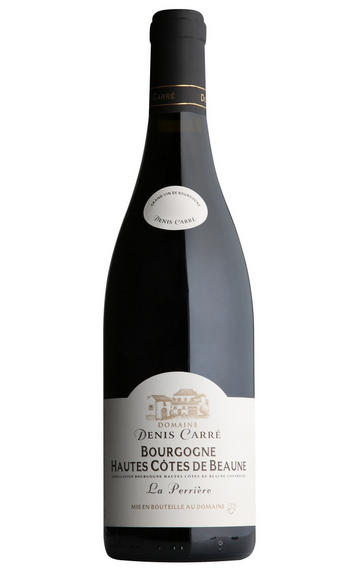
2020 Bourgogne Hautes Côtes de Beaune, La Perrière, Domaine Denis Carré
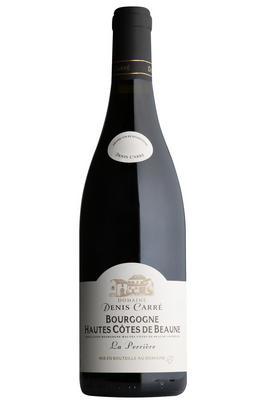
Critics reviews
Chalky, south-facing vineyard.
Bright crimson. A little raw on the nose. In my book, it has a sweet start and quite intense fruit but is too far from stereotypical red burgundy to be worth the money. Other regions can deliver similar vins de soif at a lower price.
Drink 2023 - 2026
Jancis Robinson MW, JancisRobinson.com (September 2023)
About this WINE
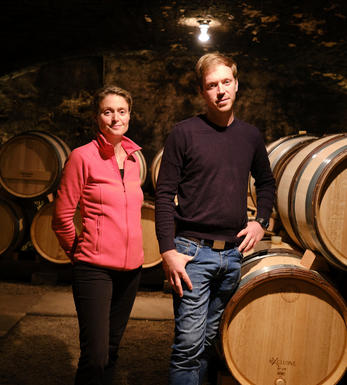
Domaine Denis Carre
Denis Carré did not inherit any vineyards, but – having harvested grapes as a teenager – he decided he wanted to make wine. He began renting vines, initially some Gamay and Pinot for three barrels of Passetoutgrains, while working in a garage in the evenings to fund his winemaking. He and his wife, Bernadette, slowly but surely added to their holdings, and the estate now totals 14 hectares across the Hautes Côtes and Côte de Beaune. Their children, Martial and Gaëtane, have been involved full-time since 2008, and now run the domaine.
Tucked away in Meloisey, in the Hautes Cotes de Beaune, this small family domaine has so far remained relatively under the radar, but the recent change of generation has seen their reputation grow. This is largely thanks to their careful work in the vineyards, which is geared towards achieving the best quality possible, as well as a sensible approach to winemaking, which focuses on producing accessible wines with fresh, clean, fruit profiles. Gaëtane and Martial are thoughtful, energetic and smart, understanding that wine is made to be drunk and enjoyed, and their focus is on making wines that give pleasure when young, but also have the potential to age gracefully. Everything is focused on preserving purity of fruit; a maximum of 25% new oak is used on the top wines, while the Pinot Noir is all de-stemmed, extraction is gentle and bâtonnage is avoided. Many of their parcels are at relatively high altitude, and the cool location of the Hautes Côtes gives their wines real energy and freshness.
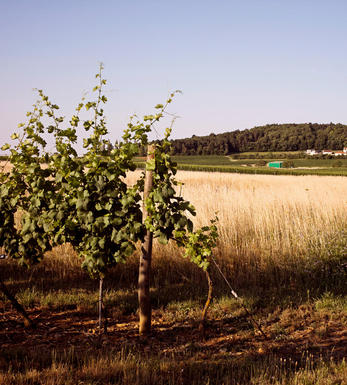
Bourgogne Hautes-Côtes de Beaune
Hautes-Côtes de Beaune in Burgundy is located on the slopes and plateaus above the Côte de Beaune, one of the world's most renowned wine-producing areas, stretching along the hills and valleys.
The climate is characterised by its semi-continental nature, with cool winters, warm summers, and moderate rainfall. This region's terroir (the combination of soil, climate, and geography) significantly influences the character of the wines produced here.
Pinot Noir and Chardonnay are predominantly cultivated like the rest of Burgundy. These two grape varieties thrive in the region's soil and climate, producing exceptional wines with unique characteristics. Red wines made from Pinot Noir in Hautes-Côtes de Beaune often display elegant fruit flavours, delicate tannins, and a notable expression of terroir. On the other hand, white wines crafted from Chardonnay showcase crisp acidity, minerality, and a rich, floral bouquet.
While the Hautes-Côtes de Beaune might not be as famous as some of the more prestigious appellations within Burgundy, it is an exciting and promising region, producing distinct, elegant wines that reflect its unique terroir.
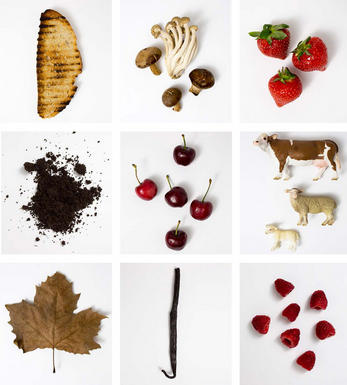
Pinot Noir
Pinot Noir is probably the most frustrating, and at times infuriating, wine grape in the world. However when it is successful, it can produce some of the most sublime wines known to man. This thin-skinned grape which grows in small, tight bunches performs well on well-drained, deepish limestone based subsoils as are found on Burgundy's Côte d'Or.
Pinot Noir is more susceptible than other varieties to over cropping - concentration and varietal character disappear rapidly if yields are excessive and yields as little as 25hl/ha are the norm for some climats of the Côte d`Or.
Because of the thinness of the skins, Pinot Noir wines are lighter in colour, body and tannins. However the best wines have grip, complexity and an intensity of fruit seldom found in wine from other grapes. Young Pinot Noir can smell almost sweet, redolent with freshly crushed raspberries, cherries and redcurrants. When mature, the best wines develop a sensuous, silky mouth feel with the fruit flavours deepening and gamey "sous-bois" nuances emerging.
The best examples are still found in Burgundy, although Pinot Noir`s key role in Champagne should not be forgotten. It is grown throughout the world with notable success in the Carneros and Russian River Valley districts of California, and the Martinborough and Central Otago regions of New Zealand.


Buying options
Add to wishlist
Description
As always, this is a vin de plaisir and a vin de soif. The new vintage is full of bright red fruit, with very appealing, pure Pinot aromas. The palate is sapid, fresh and clean as a whistle. The chalky, south-facing vineyard is a splendid advert for the value and pleasure to be found now in the Hautes-Côtes.
Drink 2022 - 2026
Berry Bros. & Rudd
wine at a glance
Delivery and quality guarantee